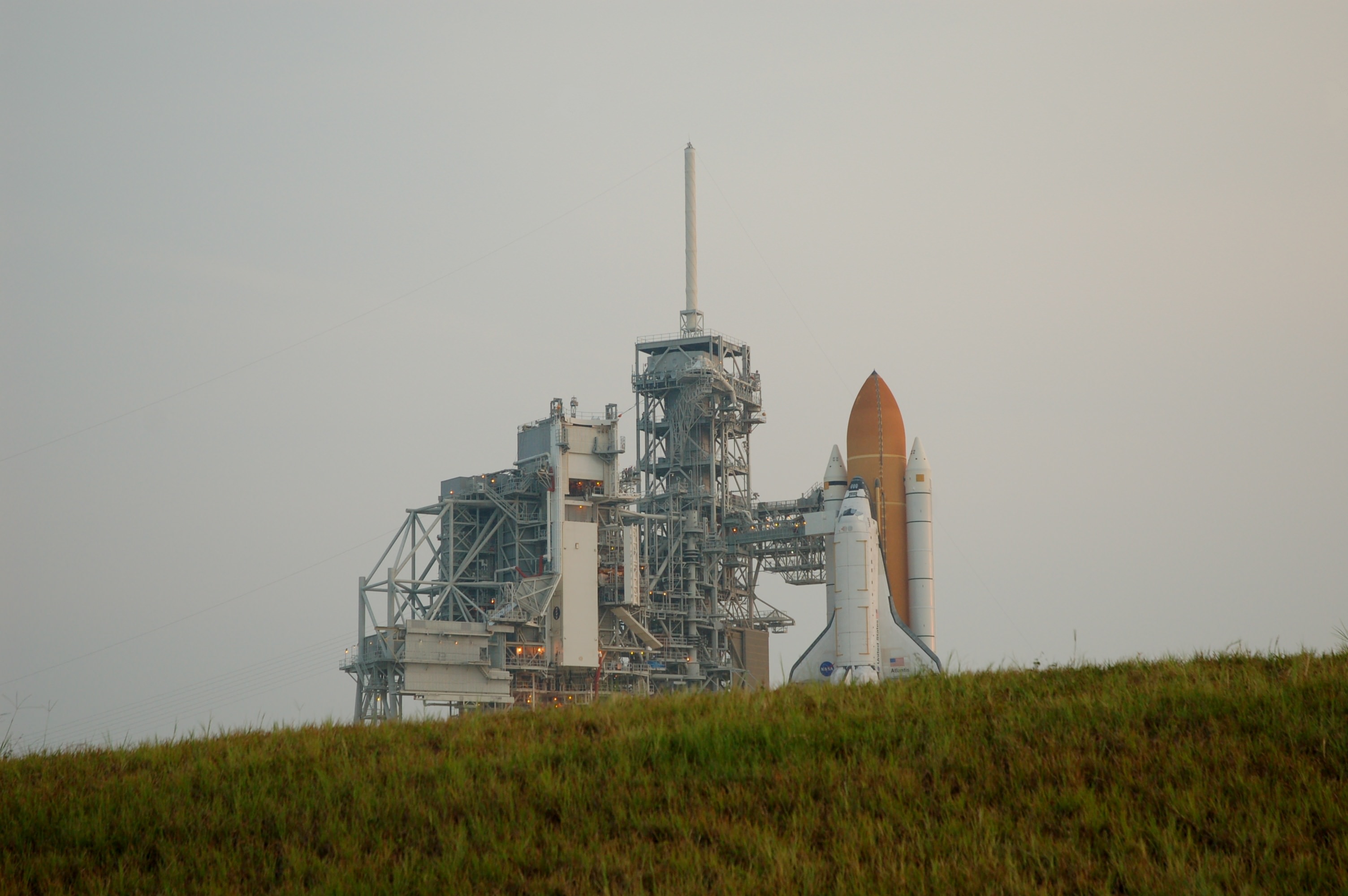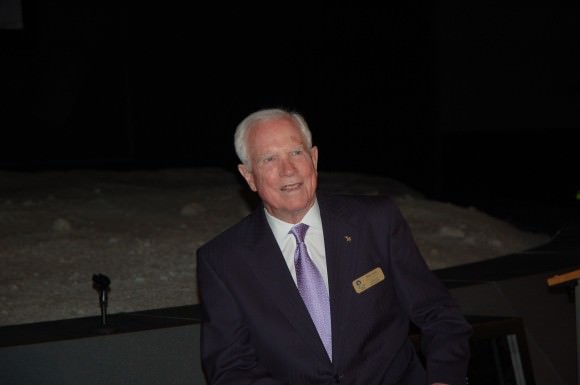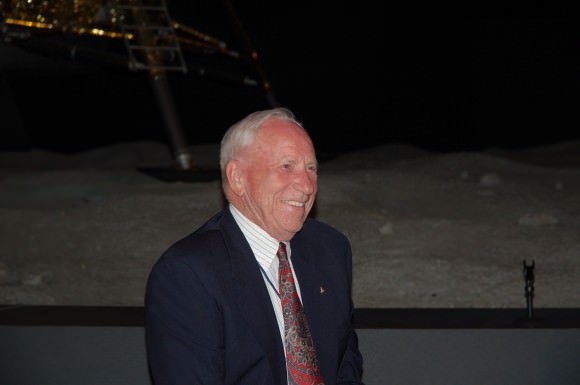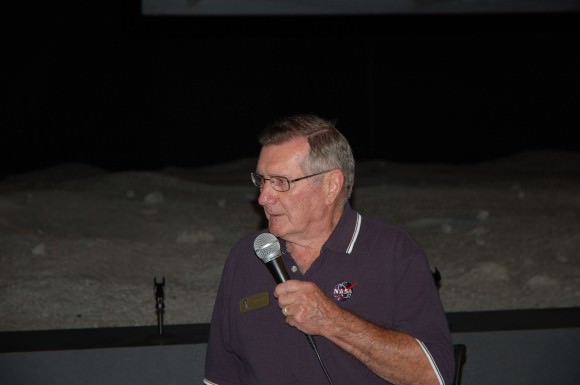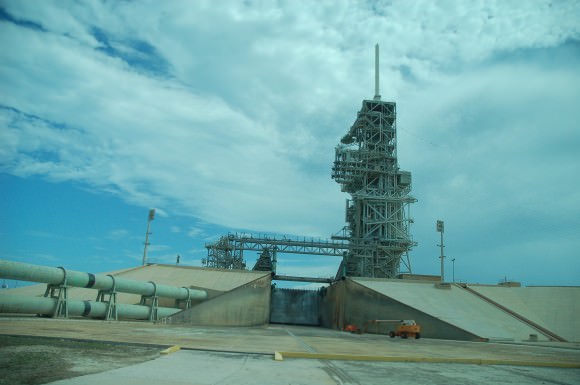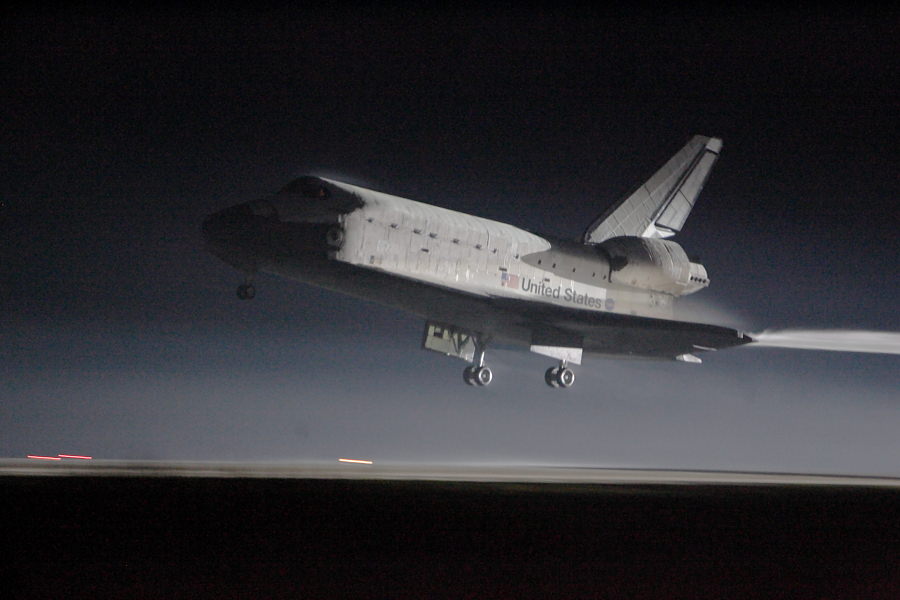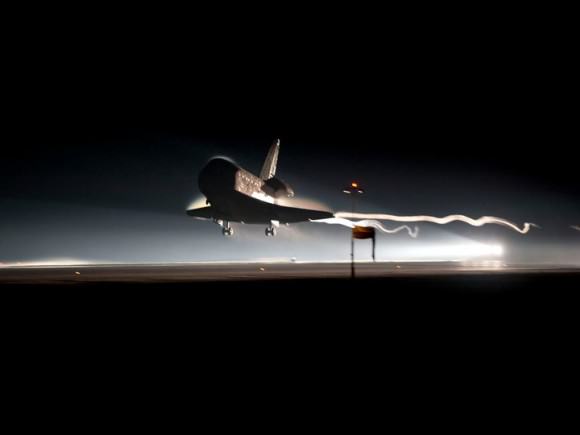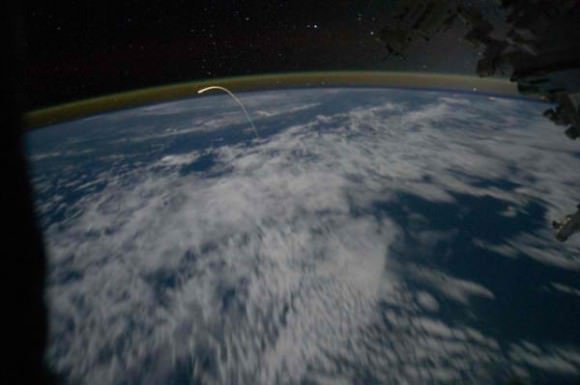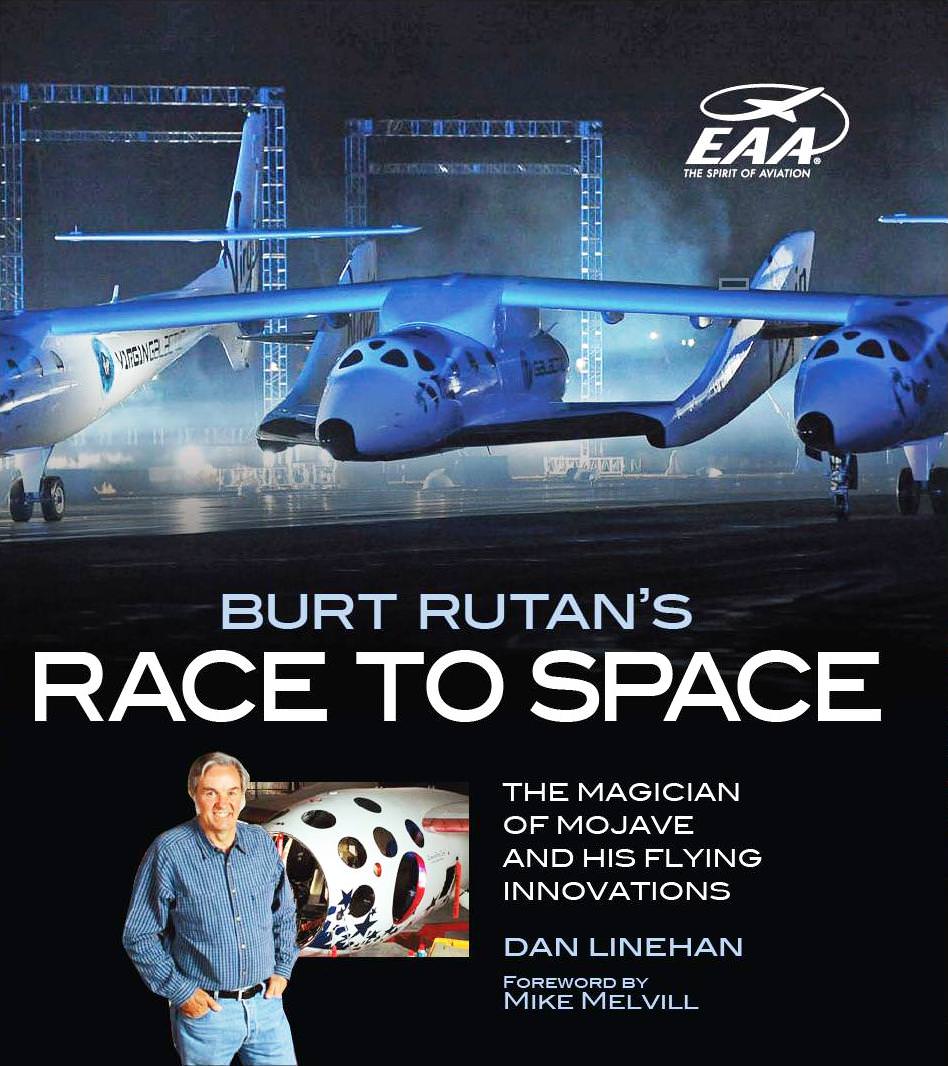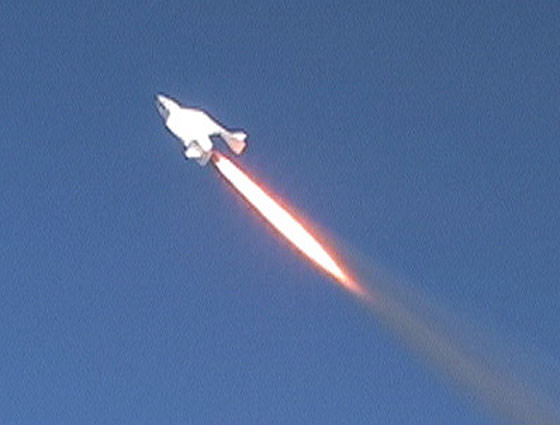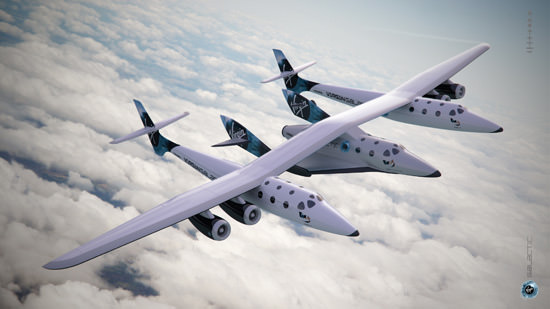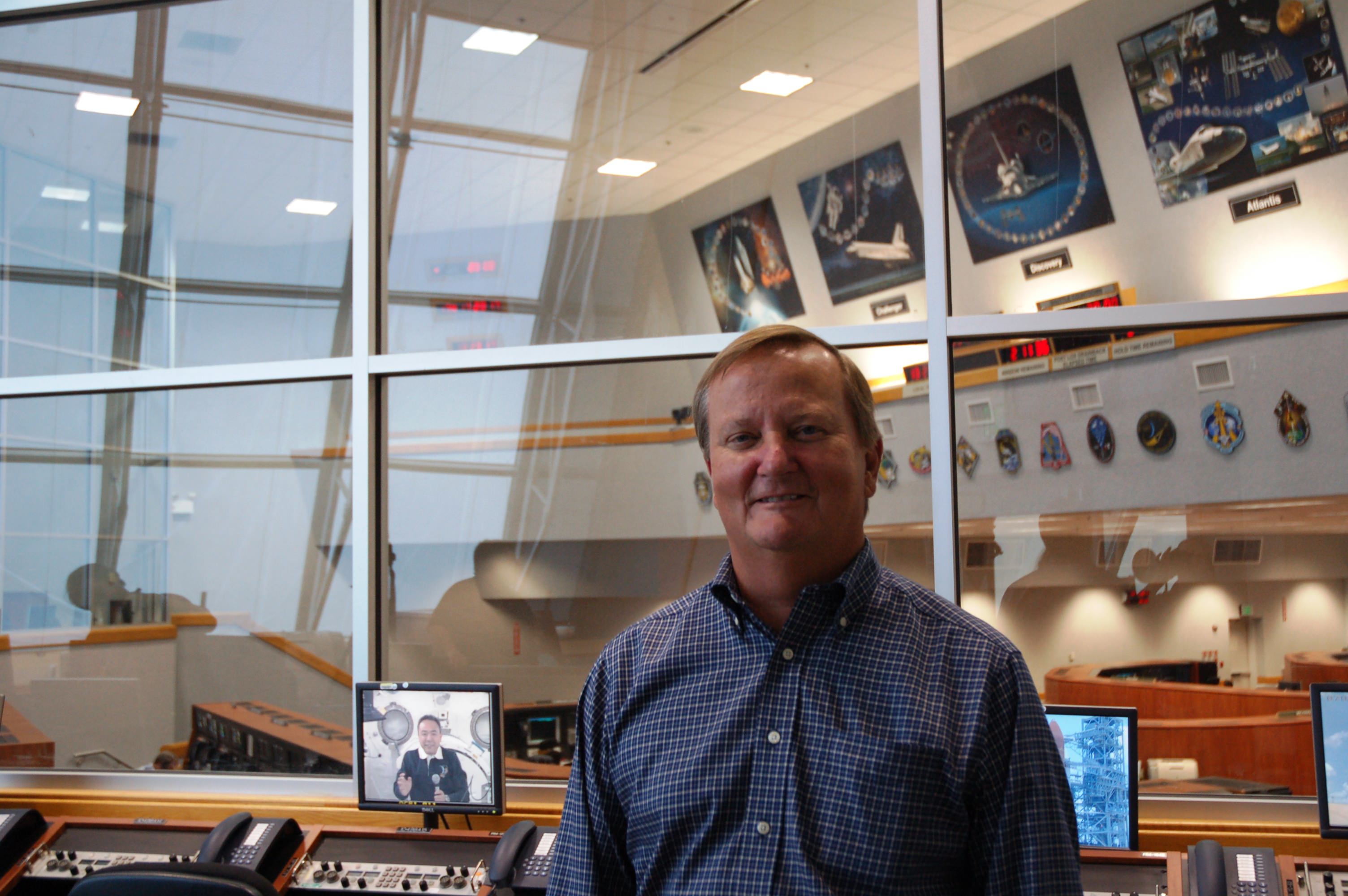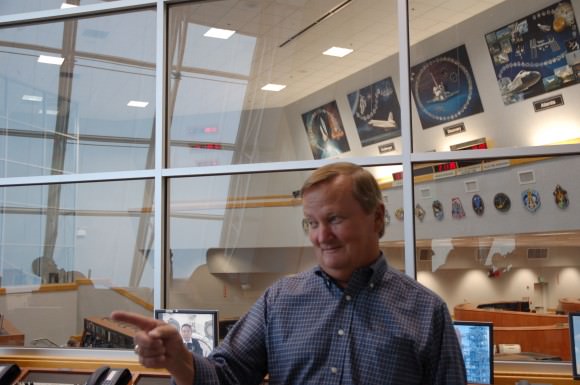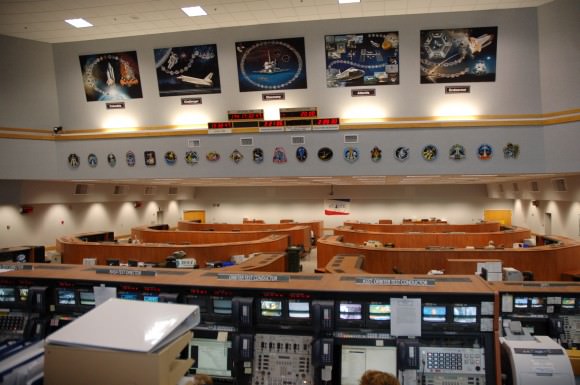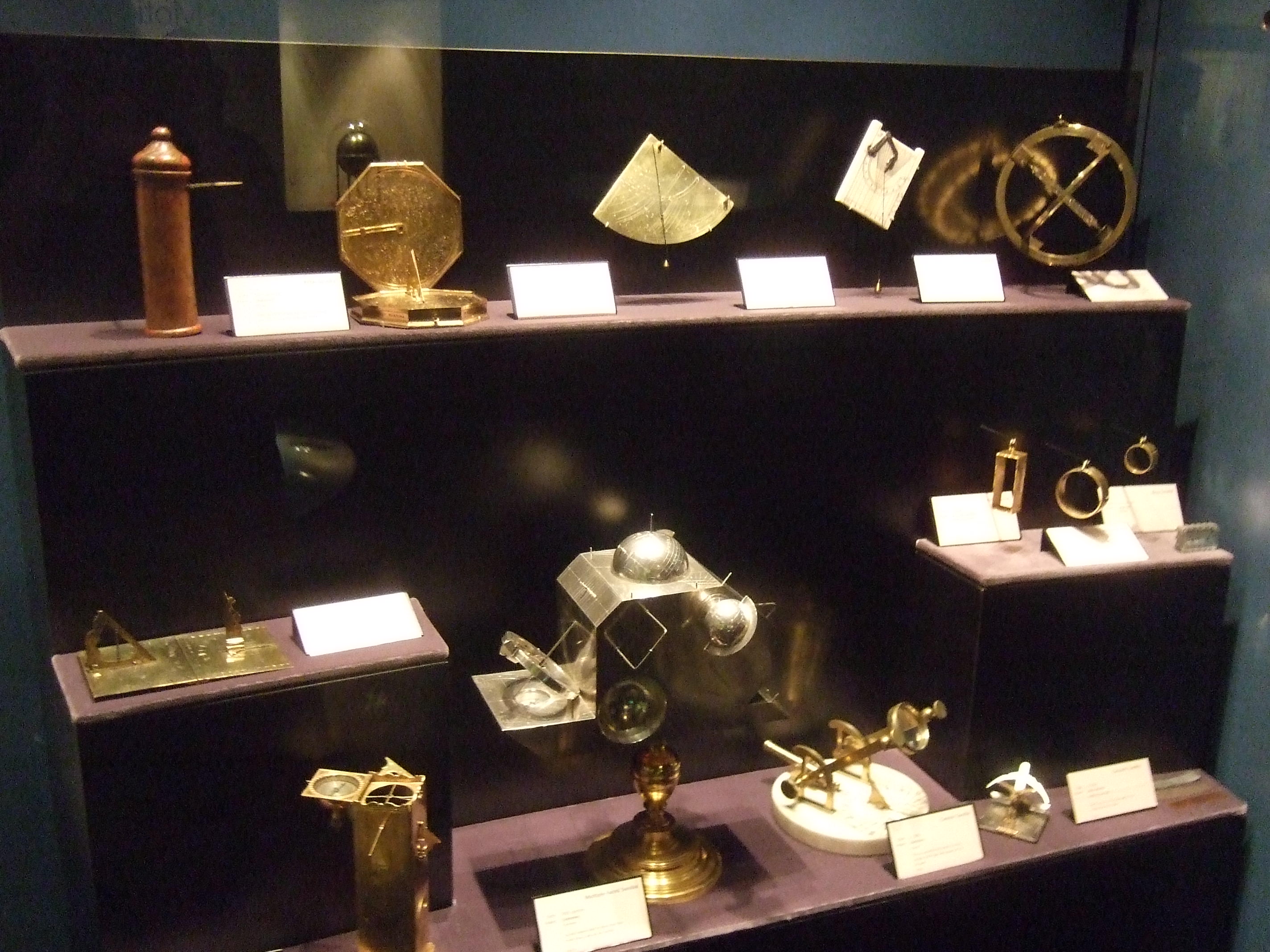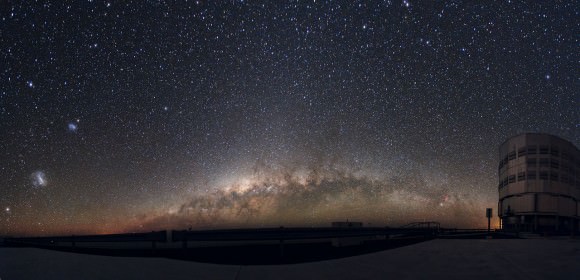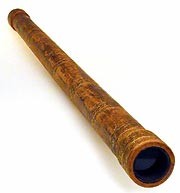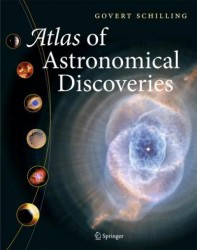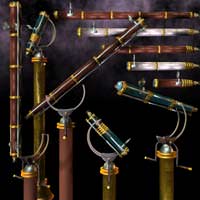[/caption]
CAPE CANAVERAL Fla. – As one might imagine covering the space program is a exciting vocation. Some professionals focus on writing articles or taking pictures others work with television stations or online media outlets to provide video and commentary. I have selected to attempt to do all of the above. This can be rather challenging. During the final launch of Atlantis for example, I conducted interviews with a variety of guests up until the launch, from there I operated two camcorders and a DSLR camera (for stills).
Doing things this way provides outlets with a wealth of different types of content to choose from. This also means that a lot of material is not used. This article will cover some of the things that ended up on the cutting room floor. What was not used – might surprise you.
SpaceX Surprises
Of the NewSpace organizations that have made their presence known out at Kennedy Space Center – Space Exploration Technologies or SpaceX has had the most significant impact. Lately the firm has worked to get the media out, as much as possible, to see what the company is doing. NASA and many of the established aerospace companies have a hands off approach – essentially you report on what they allow you to report. SpaceX? They allowed this reporter to climb underneath the Falcon 9 and even have it spun on command. Check it out:
Shuttle Memories
Trying to accurately record and report the historic nature of what took place at Kennedy Space Center this summer was challenging. I took every opportunity I could to record what was happening and then relay that to the public. What I will always remember from this time was how open the members of NASA were and how they really tried to work with you to get the story out. To get a taste of what it was like, check out this compilation of shuttle videos from STS-133 through STS-135:
Launches
Whilst following the shuttle, the last two years have been punctuated by a number of awesome unmanned flights as well (not including the launch of the Falcon 9 which you can see above). The second OTV space plane, SBIRS, AEHF-1 and an impressive night launch of a Delta IV Heavy all helped to keep me on the road to Cape Canaveral:
Memorable Interviews
I’ve been privileged to interview many important people within the space community. That however does not mean that their interviews will stick out in my mind. Some of the ones that I remember best are from people that have always been a joy to work with. Stephanie Stilson is one of those people, she always has a kind word and a great quote. Greg Johnson is another, bombastic and easy-going, he has no problem whatsoever veering off of the official NASA script. To separate the two interviews I included a clip of the media being escorted up onto LC39A. Click below to watch:
Experiencing History
It is not every day that one gets to train along with the astronauts. I had the opportunity to do so on STS-135. I flew in the back of the Shuttle Training Aircraft (STA) as Commander Chris Ferguson practiced landing the shuttle. To date, this has to be the high point of my career:
Over the last two years I have been bombarded by folks stating that I should report things “their” way. Some want me to go hyper-technical, so that only an engineer could understand what I was saying. While I’m sure some folks wouldn’t mind breaking out a flight manual to keep up with the jargon – that really isn’t what I’m trying to accomplish. Others tell me to keep it as simple as possible and to never state anything that could be construed as negative – but that doesn’t reflect reality. I try to come in somewhere in the middle. The public should know that this is a highly technical endeavor – but they should also know that it is exciting, that this tale is not one without issues and that I try to show it all, the good, the bad and the awesome.

